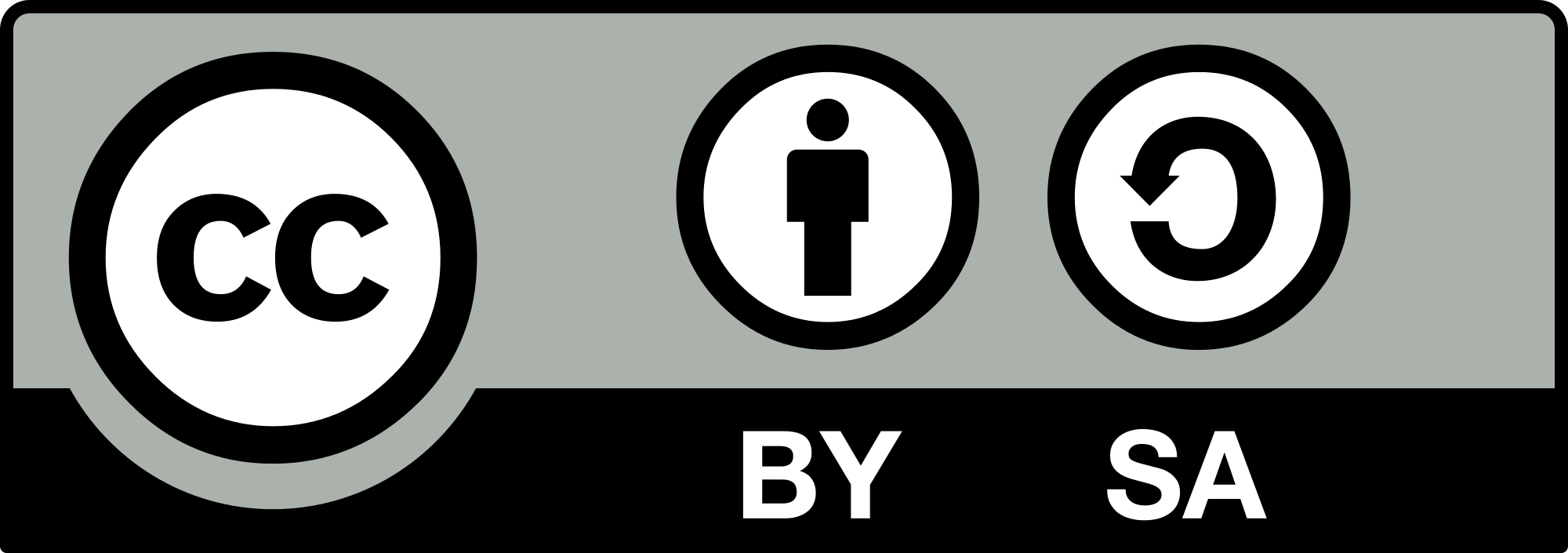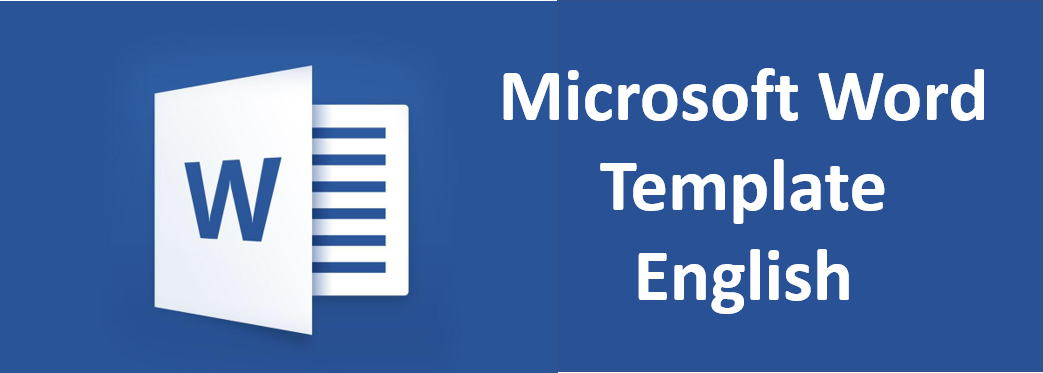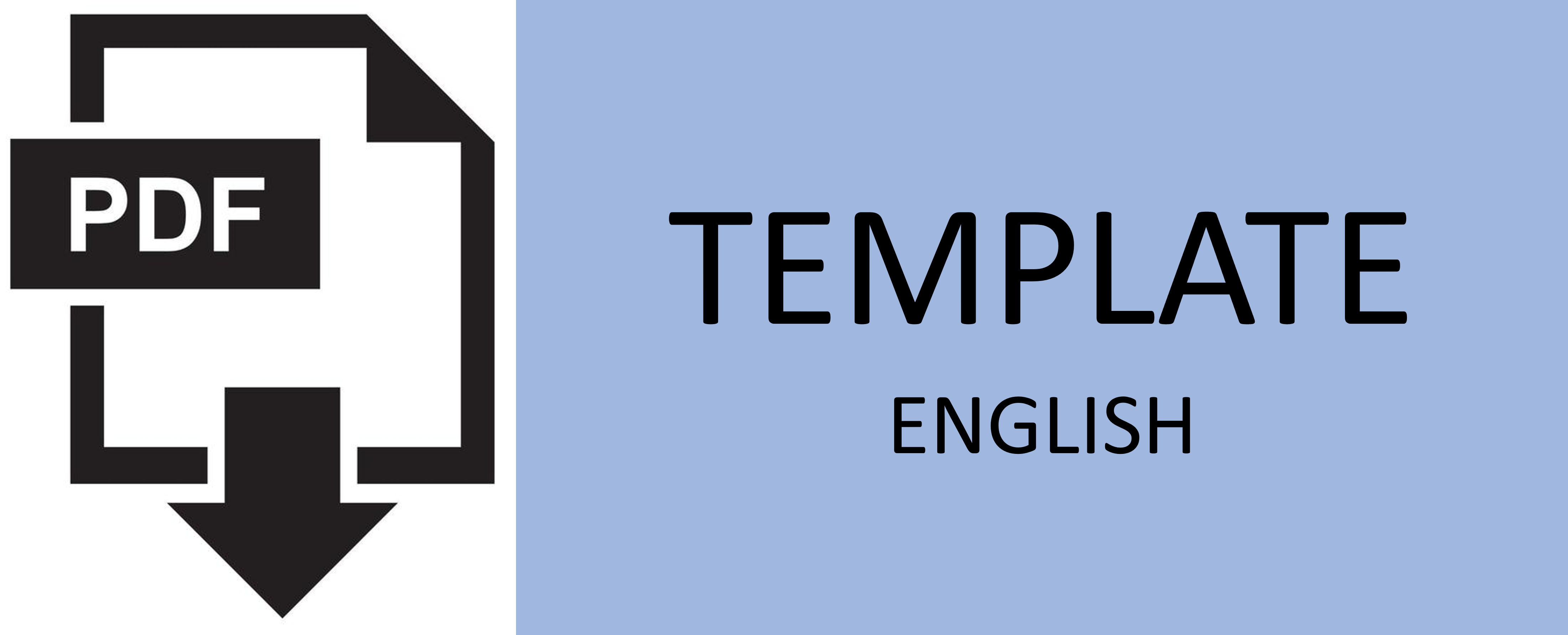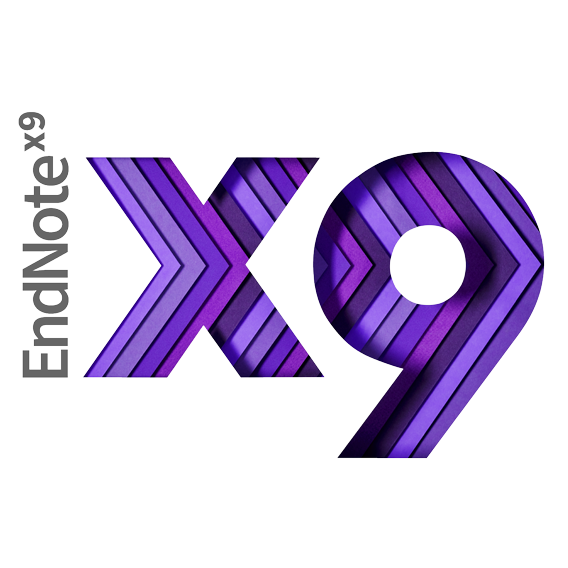ANALYSIS OF THE PERFORMANCE EVALUATION OF THE LOGISTICS EXPRESS LINER PORT ON THE T-14 TANJUNG PERAK – LARANTUKA – LEWOLEBA – KALABAHI ROUTE IN REDUCING PRICE DISPARITY
Abstract
The express liner program also known in Indonesia as "Tol Laut", initiated in 2015, aimed to reduce price disparities between Java and eastern Indonesian regions by providing regular and sustainable shipping services to remote areas. However, after seven years, the program has not significantly affected price disparities in eastern Indonesia. To evaluate the program's effectiveness, this study examined port performance and economic changes resulting from Sea Toll. The study identified areas of improvement for Larantuka, Lewoleba, and Kalabahi ports, such as docks, terminals, access roads, and storage facilities. Port performance evaluation revealed that Larantuka Port had subpar utilization of docks and stacking fields, while Lewoleba Port exhibited poor dock usage. Kalabahi Port, on the other hand, demonstrated good performance in dock utilization and stacking field usage. Regarding ship services, Larantuka Port showed good waiting time performance but poor loading and unloading productivity and ship effectiveness. Lewoleba Port had unfavorable waiting time in 2021 but improved in 2022, while its loading and unloading productivity and effectiveness were poor in both years. Kalabahi Port demonstrated good waiting time and effectiveness, but its loading and unloading productivity fell short of the standard. Evaluating the economic impact, the Sea Toll program did not significantly reduce the prices of necessities. Certain commodities experienced price increases influenced by regional distances and price fluctuations in Surabaya. However, medium rice prices decreased significantly in Larantuka and Kalabahi, indicating a positive impact of the Sea Toll program in those areas.
Keywords
Full Text:
PDFReferences
Rini, “Strategi Peningkatan Peran Pelabuhan Dalam Menunjang Pengembangan Kota Makassar,” Universitas Hasanuddin, 2021.
Kemendag, “Sistem Pemantauan Pasar dan Kebutuhan Pokok Kementerian Perdagangan,” 2020. [Online]. Available: https://ews.kemendag.go.id/.
Kemenhub, “Kemenhub Lepas Pelayaran Perdana Tol Laut Tahun 2023 di Surabaya,” 2023. [Online]. Available: https://hubla.dephub.go.id/home/post/read/13117/kemenhub-lepas-pelayaran-perdana-tol-laut-tahun-2023-di-surabaya. [Accessed: 24-Mar-2023].
A. Verdifauzi, “Analisis Dampak Implementasi Program Tol,” Institut Teknologi Sepuluh Nopember, 2018.
J. S. Kristianda, “Faktor-Faktor yang Mempengaruhi Disparitas Harga Lahan di Kelurahan Keputih,” Institut Teknologi Sepuluh Nopember, 2018.
B. Prihartono, C. Irawan, Bastian, and W. D. W. Setyanto, “Konsep Tol Laut dan Implementasi 2015-2019,” 2015.
B. R. and I. Cahya Buana, Hera Widyastuti, Wahju Herijanto, Catur Arif Prastyanto, Anak Agung Gde Kartika, “Surface Water Modelling At Lamong Bay,” J. Civ. …, vol. 29, no. 2, pp. 76–89, 2009.
Supriyono, “Analisa Kinerja Terminal Petikemas di Pelabuhan Tanjung Perak Surabaya,” Universitas Diponegoro, 2010.
D. H. Munah, “Analisa Pengukuran Kinerja Pelabuhan Laut Lembar Berdasarkan Kriteria Kinerja Pelabuhan,” Universitas Mataram, 2016.
A. L. Ivana and H. Moetriono, “Optimasi Waktu Sandar Kapal Untuk Meningkatkan Kinerja Pelayanan di Terminal Jamrud Pelabuhan Tanjung Perak Surabaya,” Modul. Media Komun. Dunia Ilmu Sipil, vol. 3, no. 1, p. 19, 2021, doi: 10.32585/modulus.v3i1.1801.
I. K. Muhammad, “Analisis Kinerja Berth Time Kapal Kargo Muatan Curah Kering dan Usulan Perbaikannya di Terminal Jamrud Pelabuhan Tanjung Perak Surabaya,” Universitas Airlangga, 2017.
A. S. Yuwana, “Simulasi Kegiatan Bongkar Muat Petikemas Untuk Optimasi Jumlah Combine Tractor Terminal (CTT) PT Terminal Teluk Lamong,” Institut Teknologi Sepuluh Nopember, 2016.
M. Taharuddin, Eldina Fatimah, “Evaluasi Kinerja Operasional Pelabuhan Malahayati Dalam Mendukung Tol Laut Indonesia,” vol. 2, no. 1, pp. 14–19, 2021.
D. N. H. Meske Ferderika Raubun, “Analisis Kinerja Berthing Time Kapal dengan Metode Root Cause Analysis di Pelabuhan Pangkal Balam Bangka Belitung,” vol. 1, no. November, pp. 1598–1606, 2021.
S. A. Siregar, “Analisis Kinerja Operasional Pelabuhan Teluk Nibung (Studi Kasus : Pelabuhan Teluk Nibung, Tanjung Balai Sumatera Utara),” Universitas Muhammadiyah Sumatera Utara, 2020.
G. Maritim, “Trayek Tol Laut 2022,” 2022. [Online]. Available: http://geraimaritim.kemendag.go.id/trayek.
Jumawan, “Analisa Kinerja Fasilitas dan Peralatan Bongkar Muat Di Terminal Peti Kemas Semarang (TPKS),” Institut Teknologi Sepuluh Nopember, 2018.
Y. A. Widiyanto, B. Triatmodjo, and D. Parikesit, “Evaluasi Fasilitas Eksisting Pelabuhan dan Rencana Pengembangan Pelabuhan Sunda Kelapa,” Pros. Semin. Nas. Pascasarj. Dep. Tek. Sipil FT-UI, vol. 2, pp. 82–92, 2019.
Shipsapp, “Pelabuhan Larantuka,” 2021. [Online]. Available: https://shipsapp.co.id/Pelabuhan/larantuka.html.
Shipsapp, “Pelabuhan Lewoleba,” 2021. [Online]. Available: https://shipsapp.co.id/Pelabuhan/lewoleba.html.
Pelindo, “Pelabuhan Kalabahi,” 2019. [Online]. Available: https://pelindo.co.id/port/pelabuhan-kalabahi.
L. N. Vitasari, “Analisis Evaluasi Implementasi Kebijakan Tol Laut,” Institut Teknologi Sepuluh Nopember, 2017.
DOI: http://dx.doi.org/10.12962%2Fj20861206.v38i2.17403
Refbacks
- There are currently no refbacks.

Journal of Civil Engineering is licensed under a Creative Commons Attribution-ShareAlike 4.0 International License.







.jpg)